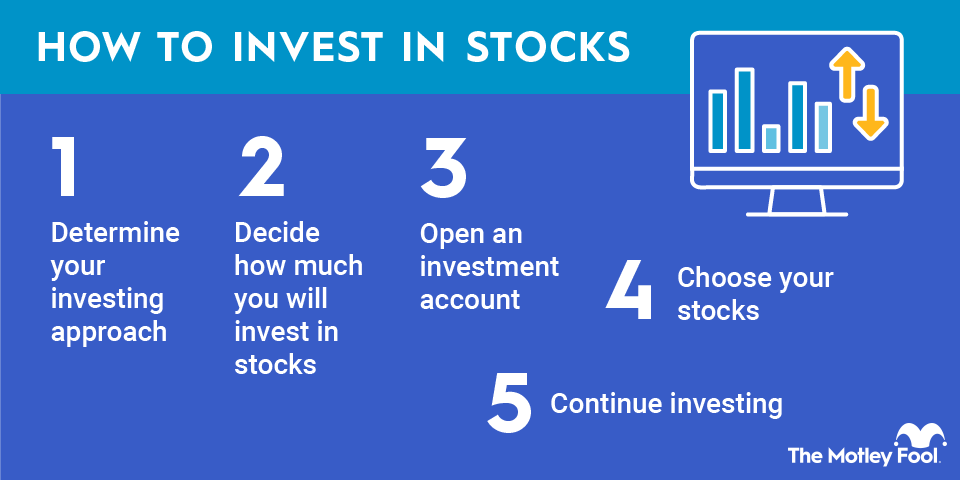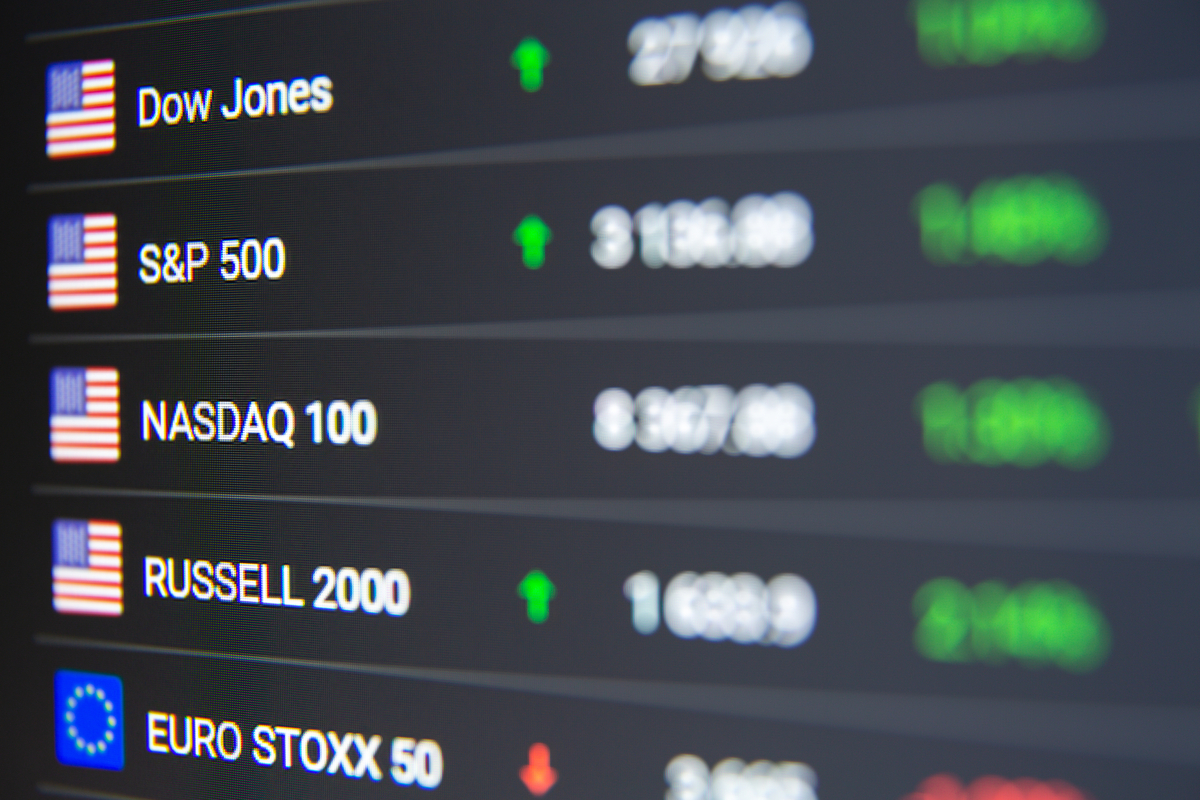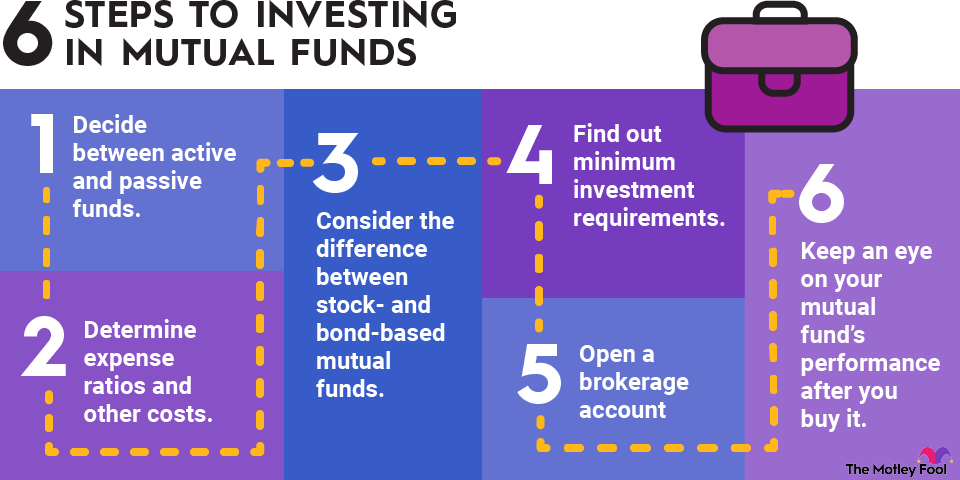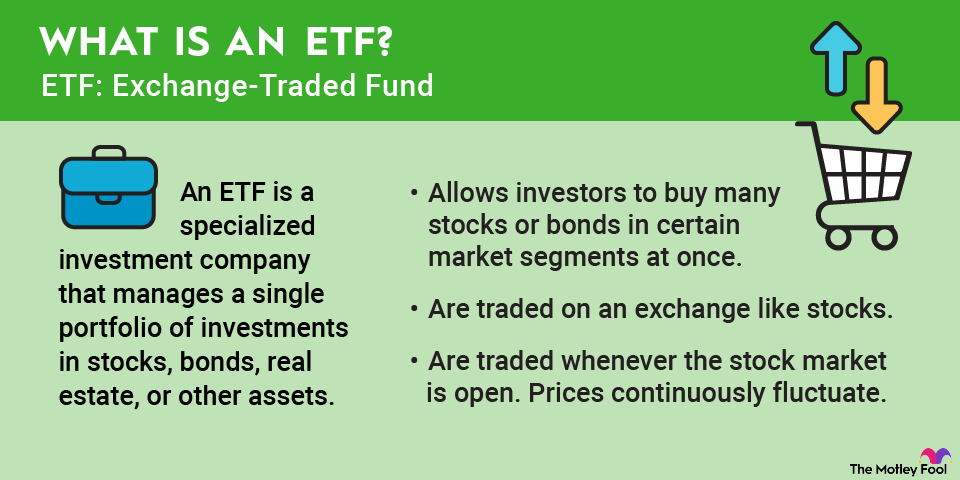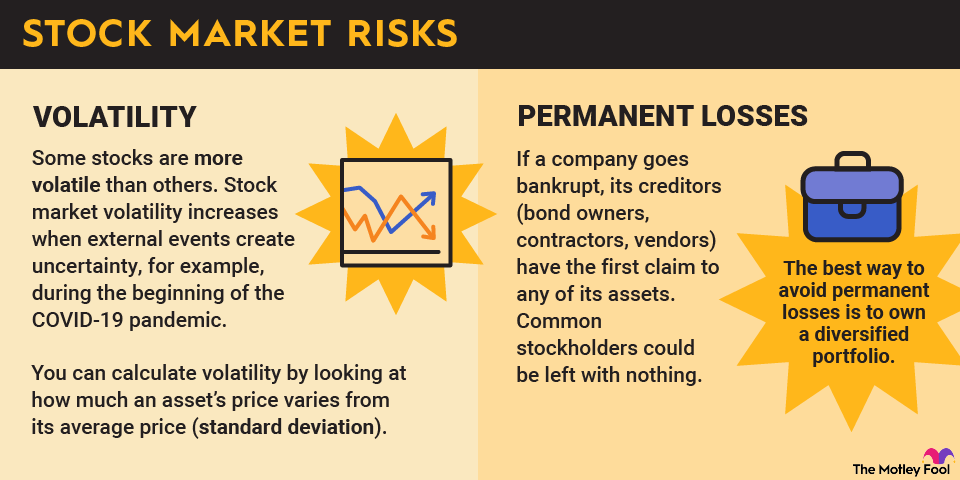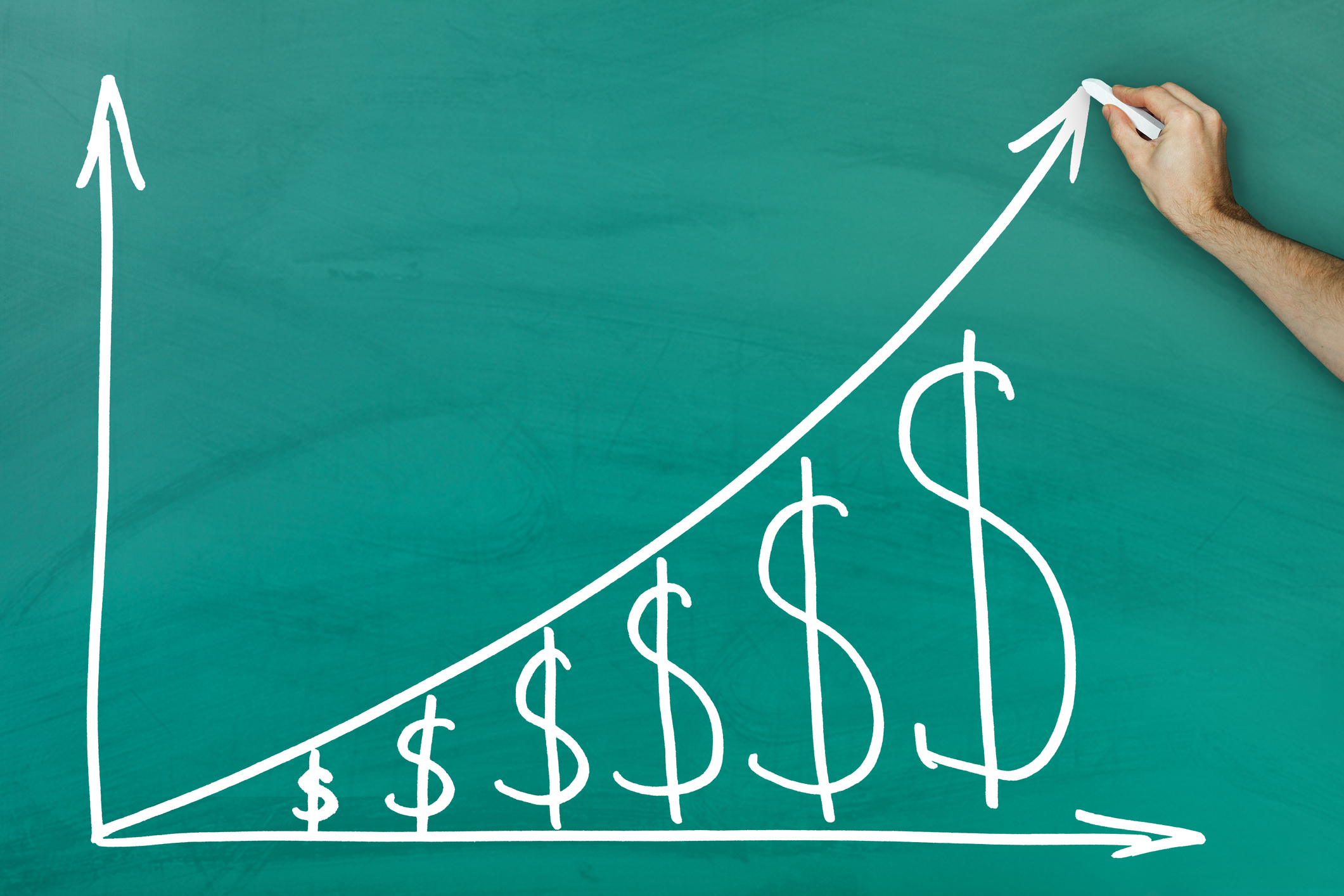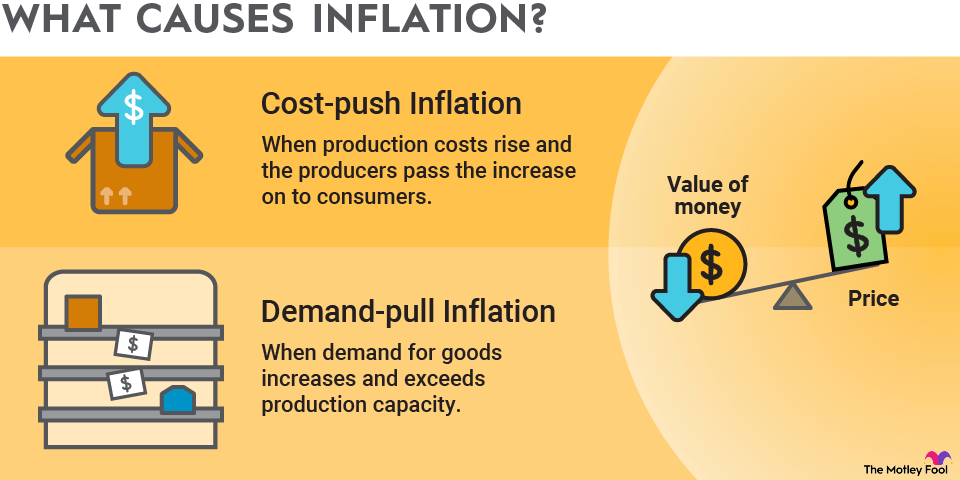Restaurant ETFs are exchange-traded funds (ETFs) that allow investors to broadly diversify their portfolios across the restaurant industry. That enables investors to benefit from the sector's growth while reducing risk.
Roughly 29% of consumers eat out at least once a week, while 9 out of 10 people say they enjoy going to a restaurant. The love of dining out has sales in the restaurant sector on track to reach $1.5 trillion in 2025, according to the National Restaurant Association. Given our love for dining out, that number should continue rising.

The industry's long-term growth prospects bode well for restaurant stocks. However, the restaurant industry can be challenging since the economy, inflation, labor market, and other external and internal factors can affect performance.
Investors looking to play the long-term upside potential of the restaurant sector might want to consider taking a broad-based approach by investing in ETFs focused on the industry. Here's a closer look at several ETFs with high concentrations of restaurant stocks.
Three top restaurant ETFs in 2025
Investors don't have a lot of restaurant ETF options. Only one ETF focuses solely on the industry. Others hold restaurants along with other food stocks, beverage stocks, and consumer discretionary stocks. Investors need to carefully review restaurant-related ETFs to determine the best fit for their situation. The top restaurant ETF options are:
Restaurant ETF | Ticker Symbol | Market Value/Assets Under Management (AUM) | ETF Description |
|---|---|---|---|
AdvisorShares Restaurant ETF | $3.4 million | The only pure-play ETF in the restaurant sector. | |
Invesco Leisure and Entertainment ETF | $363.2 million | This ETF holds companies engaged in the design, production, or distribution of goods or services in the leisure and entertainment industries. | |
The Consumer Discretionary Select Sector SPDR Fund | $24.2 billion | This ETF holds shares of consumer discretionary companies in the S&P 500 index. |

NYSEMKT: EATZ
Key Data Points
The AdvisorShares Restaurant ETF, launched in 2021, is the only ETF solely focused on investing in the restaurant and food industry. The ETF's holdings include restaurants, bars, pubs, fast food, takeout facilities, and food catering services. This ETF also features a creative ticker symbol (EATZ) and a catchy mission that allows investors to "put your money where your mouth is."
As of late 2025, this ETF held more than 20 restaurant stocks, led by the following five:
- BJ's Restaurants (BJRI -2.72%): 6.9% of the fund's holdings.
- Nathan's Famous (NATH -0.84%): 6.7%
- US Foods Holding (USFD -0.74%): 5.9%
- El Pollo Loco (LOCO -0.58%): 5.5%
- Cheesecake Factory (CAKE -1.82%): 4.9%
Because of its short operating history, this ETF is quite small. That makes it riskier than other ETFs with restaurant holdings. It also has a rather high ETF expense ratio of 0.99%.
2. Invesco Leisure and Entertainment ETF

NYSEMKT: PEJ
Key Data Points
The Invesco Leisure and Entertainment ETF holds more than 30 leisure and entertainment companies, including those engaged in designing, producing, or distributing goods and services. As a result, the fund doesn't focus solely on restaurants. It had the following sector allocation in late 2025:
- Hotels, restaurants, and leisure: 58.4%
- Entertainment: 16.6%
- Airlines: 10%
- Food and staples retailing: 10%
- Media: 2.6%
- Road and rail: 2.5%
It held the following restaurant stocks:
- Domino's Pizza (DPZ -0.89%): 2.8% of the fund.
- Biglari Holdings (BH -1.65%): 2.8%
- The Cheesecake Factory: 2.6%
- Brinker International (EAT +5.63%): 2.6%
The fund also held:
- Restaurant delivery company DoorDash (DASH -4.68%): 5%
- Wholesale restaurant food distributor Sysco (SYY -0.21%): 5.1%
- Restaurant technology platform Maplebear d/b/a Instacart (CART +0.41%): 2.9%
- Restaurant supplier US Foods: 2.7%
It has a fairly reasonable expense ratio of 0.57%. Overall, the fund is a larger, more diversified way to invest in the entire entertainment and leisure industry rather than focusing solely on the expected growth in restaurant spending.
3. The Consumer Discretionary Select Sector SPDR Fund

NYSEMKT: XLY
Key Data Points
The Consumer Discretionary Select Sector SPDR Fund allows investors to focus on the consumer discretionary sector of the S&P 500 index. These companies depend on consumer spending. The ETF had more than 50 holdings in late 2025 in the following industries:
- Hotels, restaurants, and leisure: 25.1%
- Broadline retail: 24.2%
- Specialty retail: 22.1%
- Automobiles: 18.9%
- Household durables: 4.3%
- Textiles, apparel, and luxury goods: 3.8%
- Distributors: 1%
- Auto components: 0.4%
- Leisure products: 0.3%
Because of its diversification, this ETF doesn't offer as much exposure to the restaurant sector as the other ETF options. However, it does count two in its top 10 holdings: McDonald's (MCD -0.60%) at 4.2% and Starbucks (SBUX +0.50%) at 2.3%.
On the plus side, this large ETF also boasts a very low expense ratio of 0.08%, making it a low-cost way to invest in overall consumer spending growth, including restaurants.
Advantages and risks of investing in restaurant ETFs
ETFs focused on the restaurant industry have their benefits and drawbacks. Here are some key advantages of investing in restaurant ETFs:
- Diversified exposure: Investing in an ETF focused on restaurant stocks or the broader consumer discretionary industry allows for broad investment across the sector.
- Growth: These ETFs enable investors to capitalize on the growth in restaurant sales and consumer spending.
- Income: These funds distribute the dividend income collected from their holdings to investors.
On the other hand, these funds have several risk factors, including:
- Limited options: There's only one pure-play restaurant ETF, which is very small.
- Costs: ETF managers charge expense ratios that can eat into an investor's return.
- Underperformance potential: Restaurant ETFs can underperform a top restaurant stock.
Key factors to consider when choosing restaurant ETFs
Investors considering buying a restaurant ETF should consider the following factors:
- Investment focus: Whether they want a pure play on the restaurant sector or an ETF with broader exposure to discretionary consumer spending.
- Expense ratio: Investors should consider whether the expense ratio is worthwhile.
- Size: Smaller ETFs are riskier investments due to the potential for manipulation and possible closure.
- Performance history: Investors should review how an ETF has performed against common benchmarks.
Related investing topics
Many options for investing in restaurant stocks
Investors have limited restaurant ETF options since only one focuses on the sector, while others offer a more diversified approach that includes other consumer discretionary companies. Consequently, investors who want exposure to the restaurant industry need to decide which ETF best fits their approach. Another option to consider is creating your own restaurant ETF by investing small amounts in a basket of your favorite restaurant stocks. The general idea is to find the way you're most comfortable with investing in restaurant stocks.
